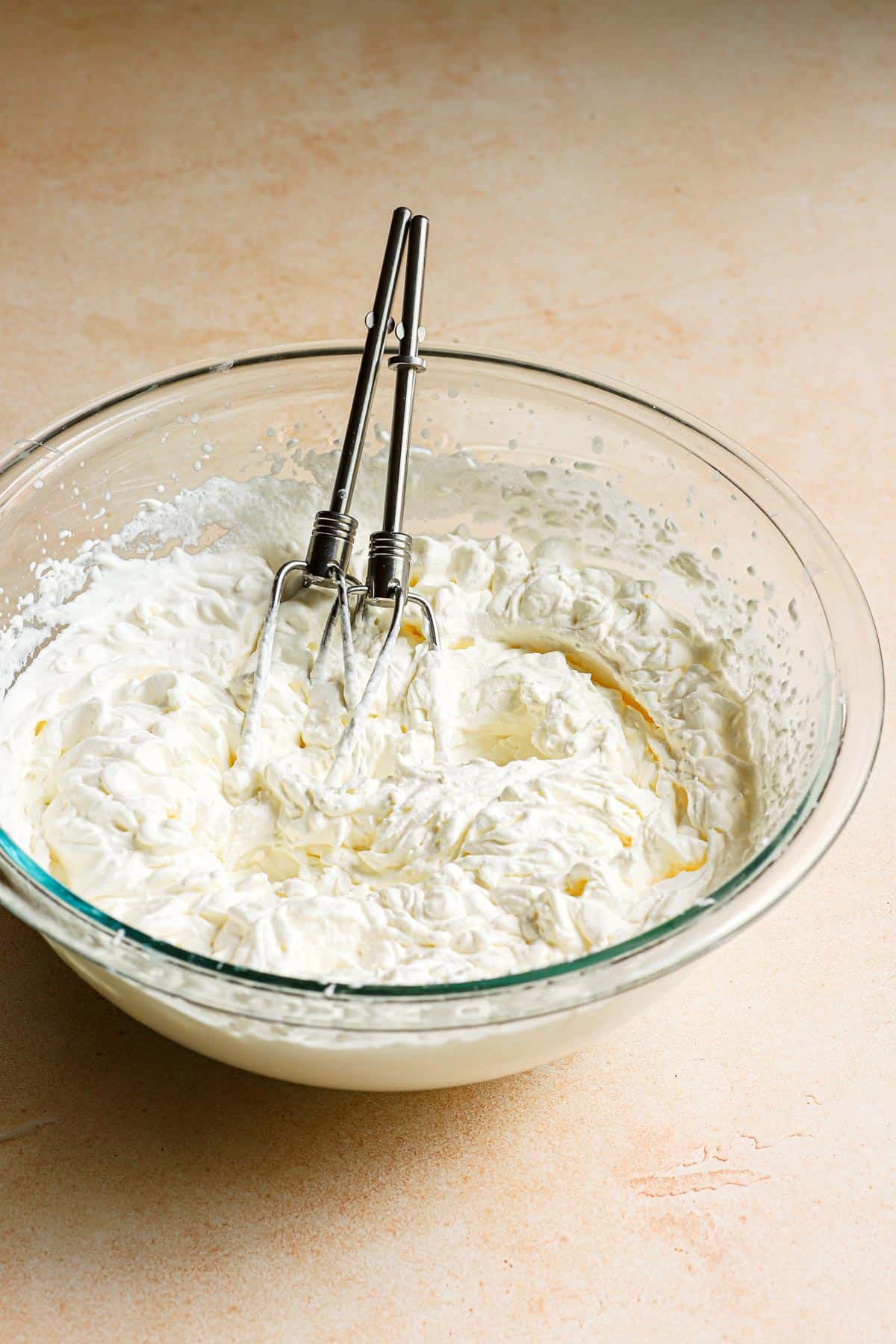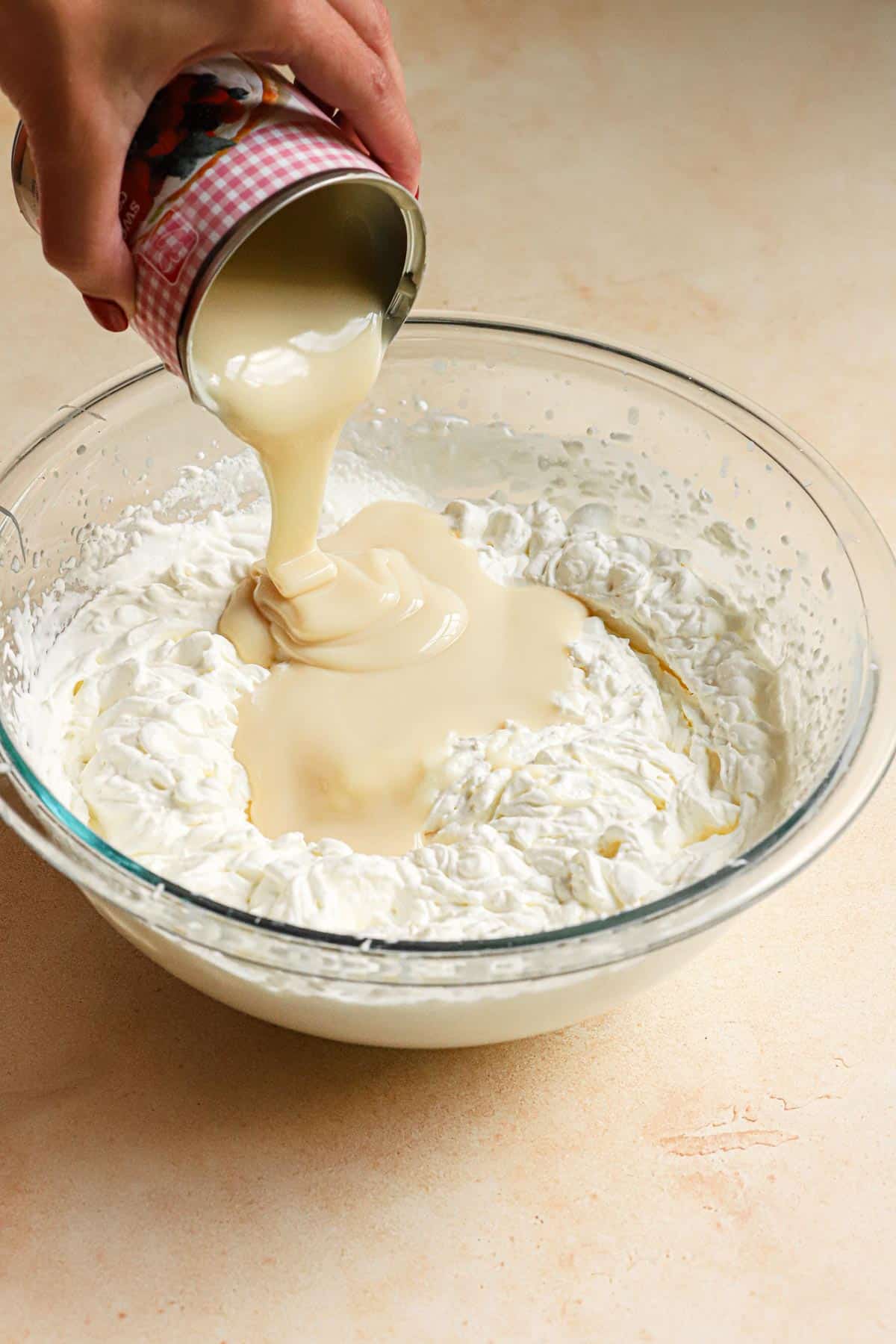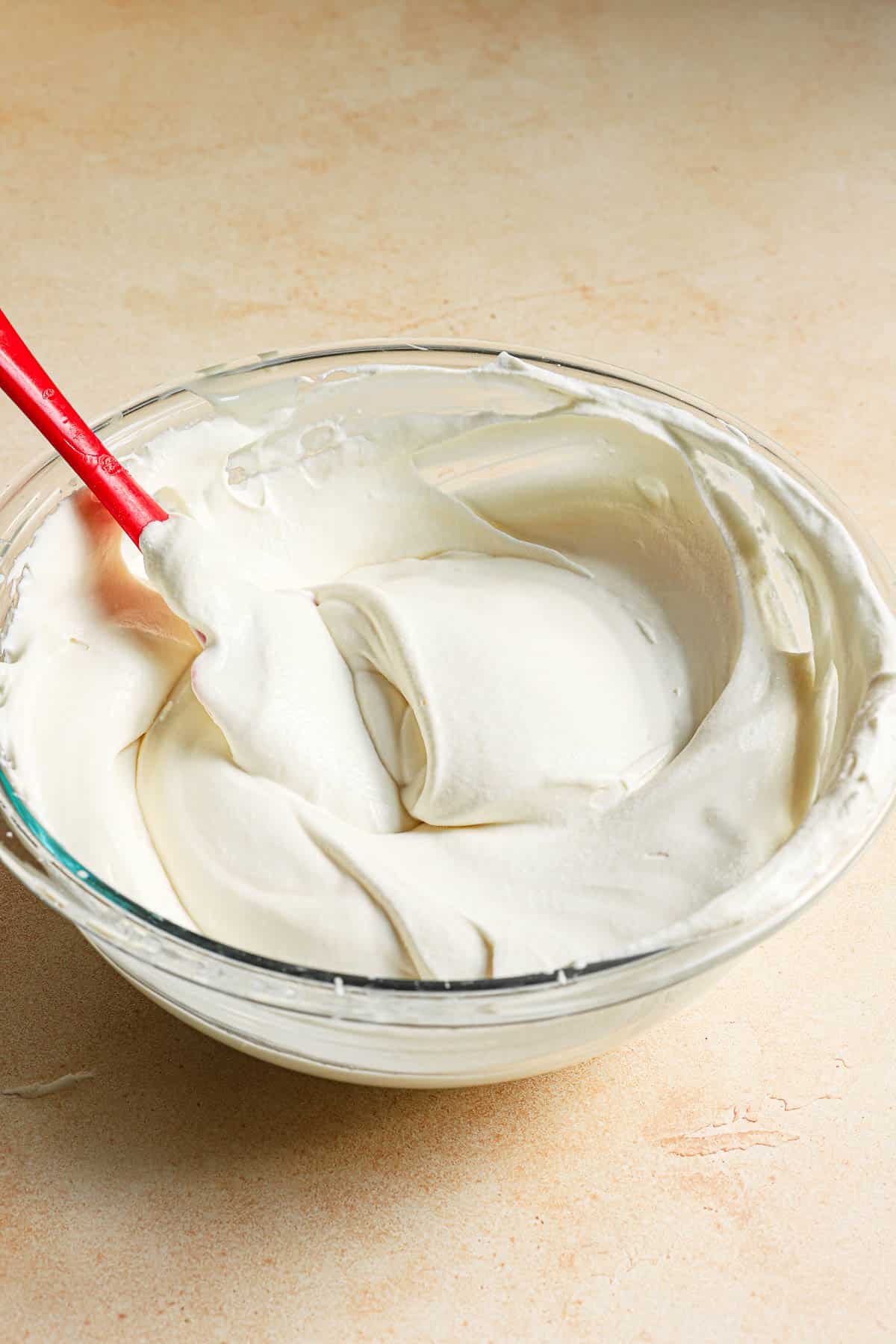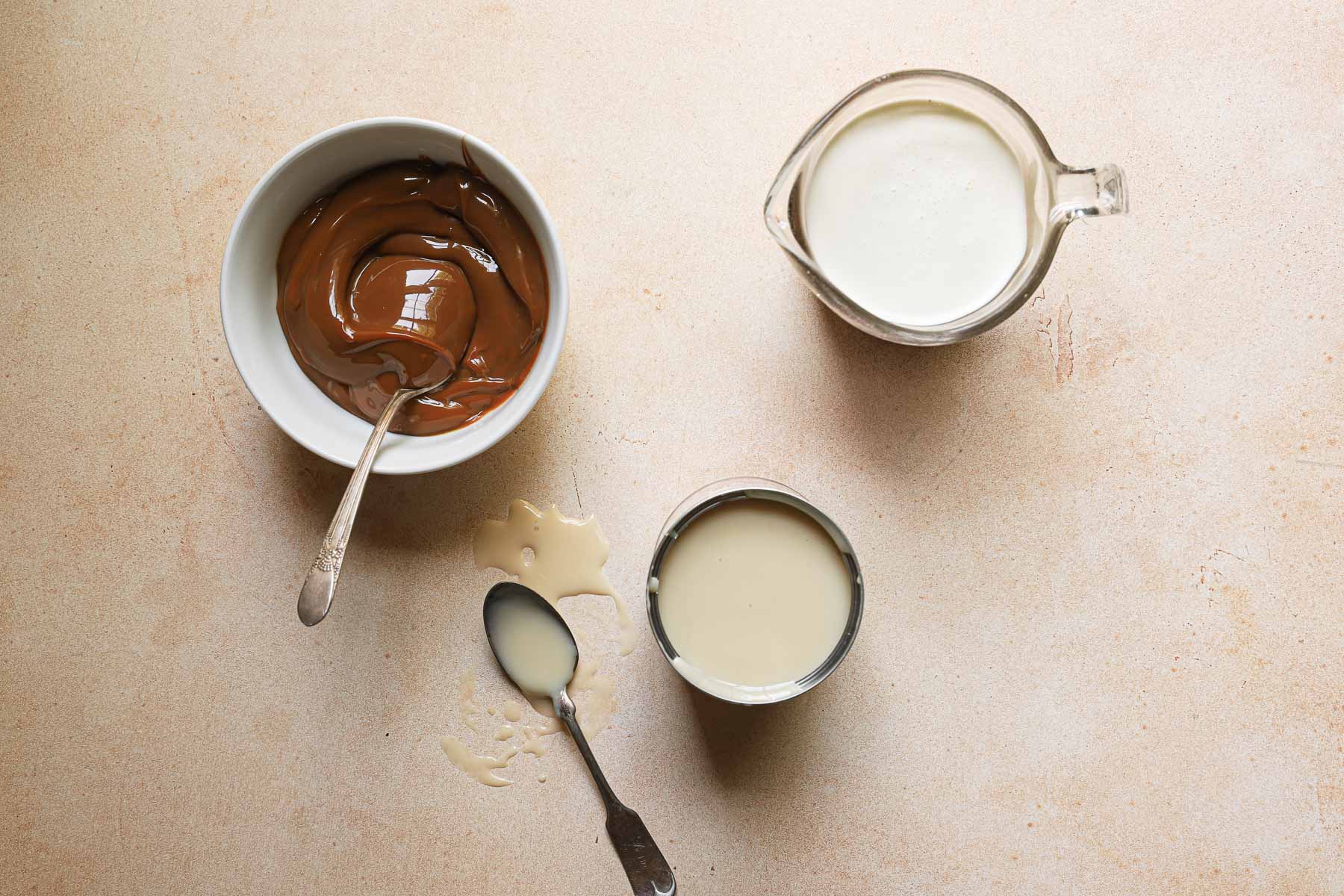Condensed milk, a thick, sweet concoction, has become an indispensable ingredient in the realm of ice cream making. Its unique properties and versatility have made it a favorite among home cooks and professional ice cream artisans alike. In this comprehensive guide, we will delve into the multifaceted role of condensed milk in ice cream, exploring its impact on texture, flavor, and overall quality.
Understanding the Science Behind Condensed Milk
Condensed milk is essentially cow’s milk that has undergone a process of evaporation, removing approximately 60% of its water content. This concentration results in a thick, syrupy liquid with a higher proportion of milk solids, including lactose, proteins, and fats. These components play a crucial role in the texture and flavor of ice cream.
Enhancing Creaminess and Smoothness
One of the primary reasons condensed milk is used in ice cream is its ability to enhance creaminess and smoothness. The high concentration of milk solids in condensed milk helps to stabilize the ice cream mixture, preventing the formation of large ice crystals. This results in a velvety, smooth texture that is characteristic of premium ice cream.
Controlling Sweetness and Flavor
Condensed milk also acts as a natural sweetener in ice cream. Its high sugar content adds a rich, caramelized flavor to the ice cream base. Additionally, the milk solids contribute a subtle milky flavor, balancing the sweetness and creating a harmonious taste profile.
Preventing Crystallization
As mentioned earlier, condensed milk helps to prevent the formation of large ice crystals in ice cream. This is due to its high concentration of milk solids, which act as nucleation sites for ice crystals. By providing numerous nucleation sites, condensed milk ensures that the ice crystals remain small and evenly distributed, resulting in a smooth and creamy texture.
Emulsifying and Stabilizing
The proteins and fats present in condensed milk act as natural emulsifiers and stabilizers in ice cream. Emulsifiers help to blend the water and fat components of the ice cream base, preventing separation and ensuring a homogeneous mixture. Stabilizers, on the other hand, help to maintain the structure of the ice cream, preventing it from melting too quickly or becoming grainy.
Additional Benefits
Beyond its primary functions, condensed milk offers several additional benefits in ice cream making:
- Increased nutritional value: Condensed milk is a good source of calcium, protein, and other essential nutrients.
- Convenience: Condensed milk is readily available in most grocery stores, making it a convenient ingredient for home cooks.
- Versatility: Condensed milk can be used in a wide variety of ice cream recipes, from classic vanilla to more exotic flavors.
Condensed milk is a versatile and indispensable ingredient in ice cream making. Its unique properties contribute to the creaminess, smoothness, sweetness, and stability of ice cream. Whether you are a home cook or a professional ice cream maker, incorporating condensed milk into your recipes will elevate the quality and flavor of your ice cream creations.
Connect With Dee Everywhere
Dee is available online in a variety of locations. Give her a visit, a follow, and some online love!.
What Is Ice Cream?
Ice cream is a sweet frozen dessert. It comes in many flavors and, most importantly, textures. The ingredients used to make custard ice cream and gelato are not the same. Different components will yield different textures and flavors.
But the process of making all ice cream involves churning—that is, spinning the ingredients—and adding air to the mixture while bringing the temperature down.
Understanding the ingredients is key to understanding no-churn ice cream.
An essential component of ice cream and many other baked products is air. It’s the air that makes us feel soft and nice when we bite into a pound cake. Same with ice cream.
We whip the heavy cream to incorporate the air when making no-churn ice cream. We just need a hand mixer or a stand mixer to accomplish that, and the coldest bowl and ice possible

Setting the oven’s temperature is the first step in every recipe, even though it is uncommon to list temperature as an ingredient. It is true that as the temperature rises and falls, different chemical reactions and physical transformations take place. At 32°F (0°C), water freezes to form ice, a solid that is difficult to chew.
The rest of our ingredients do not freeze so quickly. At -20F, -6C, or lower, sugar and certain types of fat freeze. Some ingredients won’t freeze completely if sugar and cream are added; if they do, they will melt quickly in our mouths. Thus, the ice cream will be creamier and smoother at lower freezing temperatures.
Our cream can whip and incorporate air because of the fat. In addition, it adds flavor, lowers the freezing point, increases the creamy texture, and decreases the amount of water in the ice cream.
Sugar loves moisture. It dissolves in water and creates a strong bond. Inverted sugar is created when sugar dissolves in water; it sweetens, lowers the freezing point, gives a smooth, creamy texture, and intensifies flavors.
No-churn ice cream is made with sweetened condensed milk, such as dulce-de-leche. Sweetened condensed milk is a type of milk in which approximately double its weight is added to sugar after 60% of its liquids have evaporated.
It’s interesting to note that the sugar in the condensed milk will form a bond with the water in the heavy whipping cream when combined with it. As was previously mentioned, this bond will lower the freezing point and add to the texture’s smooth and creamy appearance.

The majority of no-churn ice cream recipes call for whipping the whipped cream first, then folding in the sweetened condensed milk and flavors.
We now understand the significance of air, but even if you omit this step or whip the cream with condensed milk, the result will still be ice cream.
Just be aware that the texture and volume will alter, and your ice cream may end up being thicker.

The best part of making no-churn ice cream is flavoring, and there are countless ways to customize it. All you have to ask yourself is, how will it freeze, and will the freezing point go up or down?
The freezing point and texture of our ice cream are unaffected by the rapid freezing of fresh fruits. However, since fruit is mostly composed of water, it will lose some of its juicy texture.
Since alcohol comes in a variety of flavors and lowers the freezing point, it’s a great choice.
These days, it’s common to find sweetened condensed milk with flavors like pumpkin spice, chocolate, and hazelnuts.
For those of us who adore caramel, dulce de leche is a fantastic alternative. It is simply sweetened condensed milk that has been browned and its water content further decreased. (Note that while it tastes rich and deep like caramel, it is not caramel.)

Like life, balance is important. If you use too much inverted sugar, you’ll need to consume your ice cream; if you use too little, you’ll get brittle popsicles rather than creamy ice cream.
My preferred ratio is 3:2 for sweetened condensed milk to heavy cream. For instance, for every cup (240ml/8fl oz) of sweetened condensed milk, use 1 ½ (360ml/12 fl oz) of heavy cream.
After closely examining the ingredients and manufacturing method of no-churn ice cream, I can state with confidence that it is definitely real ice cream!
Can I use milk instead of whipped cream?
Yes, but it will taste more like a popsicle and not be as rich and creamy.
How Can I make vegan no-churn ice cream?
Use vegan whipping cream and coconut condensed milk.
Can I make my own sweetened condensed milk?
Yes, here is the recipe for homemade sweetened condensed milk.

2 INGREDIENT HOMEMADE ICE CREAM RECIPE
FAQ
What can I use instead of condensed milk in ice cream?
What is the purpose of using condensed milk?
What was the original purpose of condensed milk?
What is the best milk for making ice cream?
